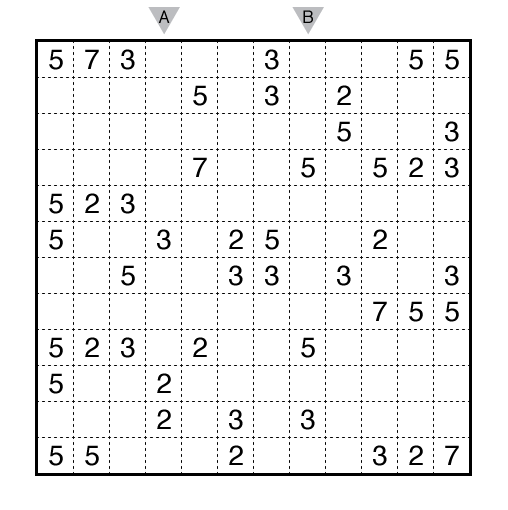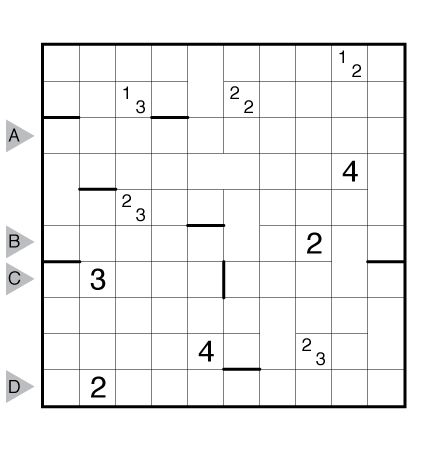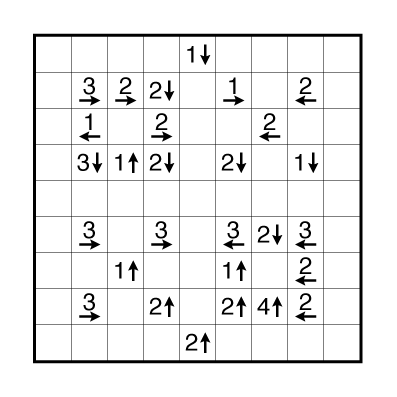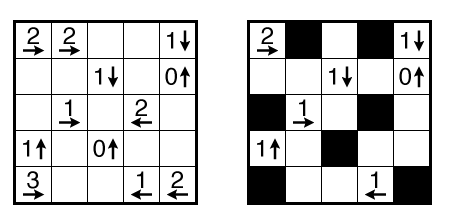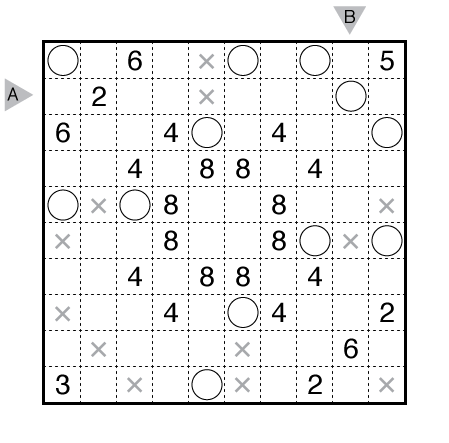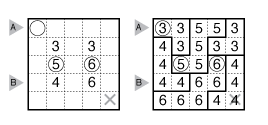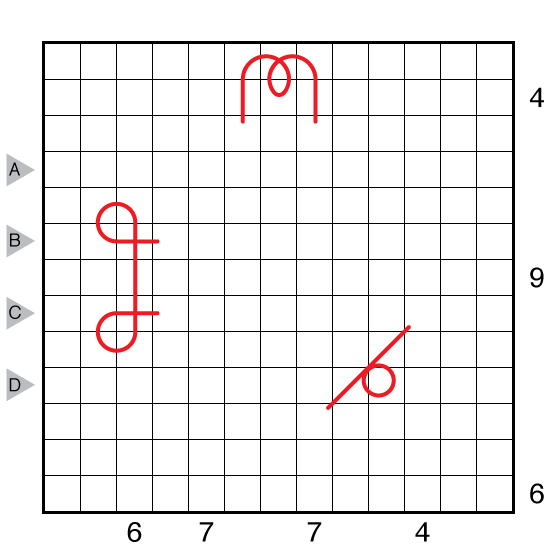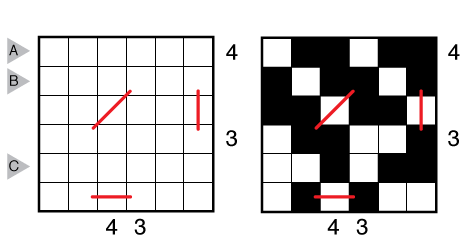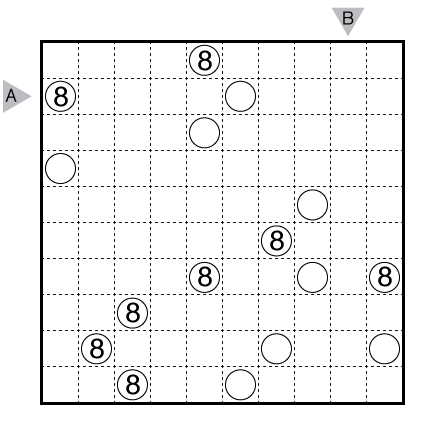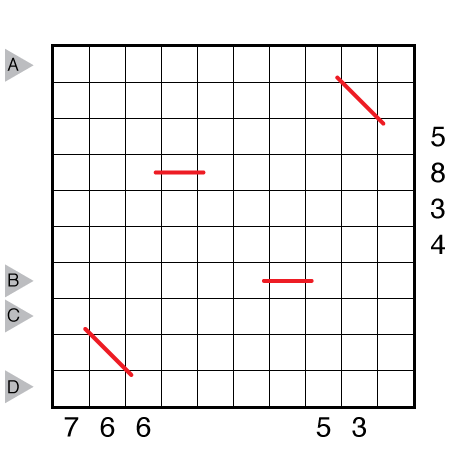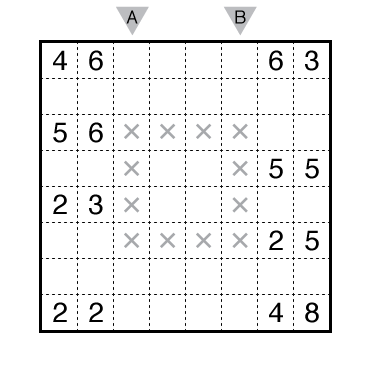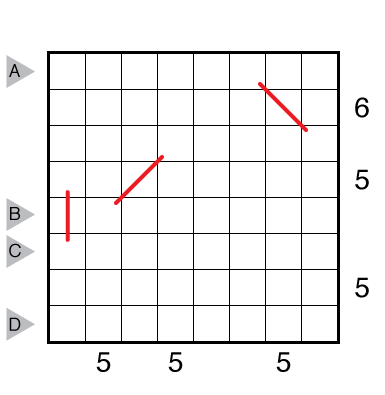Kakuro (Nonconsecutive) by Grant Fikes
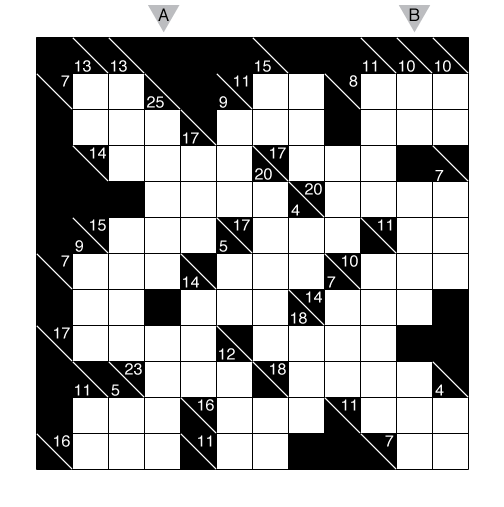
or solve online (using our beta test of Penpa-Edit tools)
Theme: Logical (for Randy Rogers)
Author/Opus: This is the 250th puzzle from our contributing puzzlemaster Grant Fikes.
Rules: Standard Kakuro rules. Also, no two consecutive numbers (i.e., numbers that differ by 1) can be in cells that share an edge.
Answer String: Enter the values in each cell in the 3rd column from top to bottom and then in the 10th column from top to bottom, separating the two entries with a comma. Ignore black cells.
Time Standards (highlight to view): Grandmaster = 6:30, Master = 10:00, Expert = 20:00
Solution: PDF
Note: Follow this link for other Kakuro puzzles. More Kakuro puzzles can be found in Kakuro and Variations by Serkan Yürekli. Kakuro will also be featured in the upcoming The Art of Puzzles 2.

